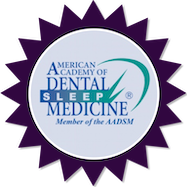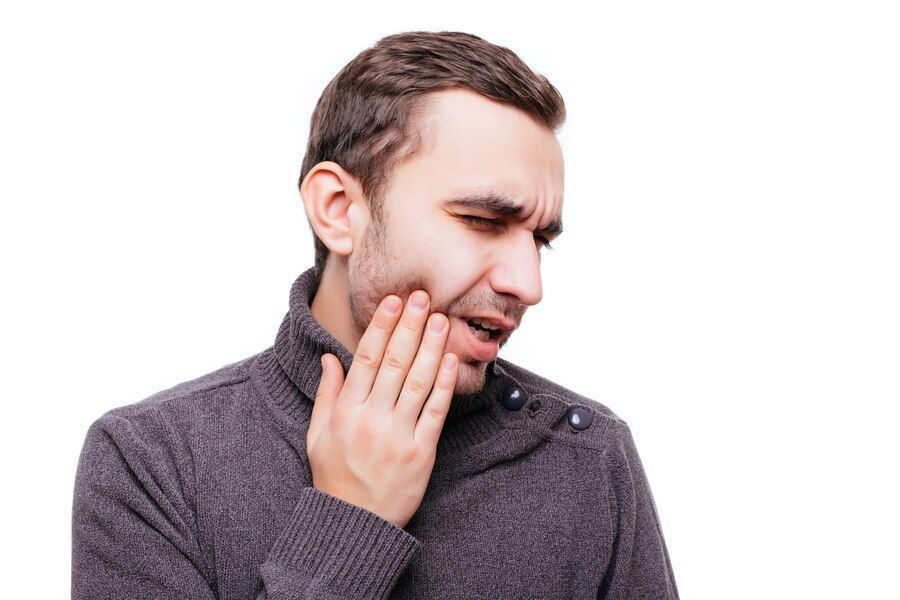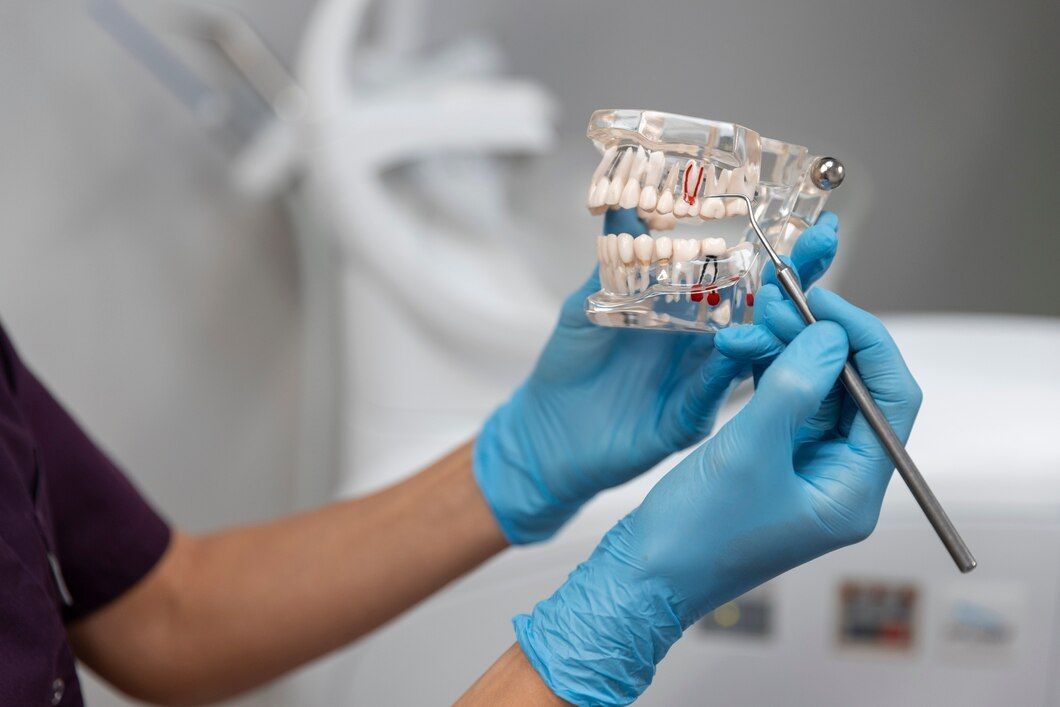Welcome to Fuller Sleep & TMJ Solutions | Greensboro, NC | frontdesk@fullersleep.com
How to Tell If You Have Craniofacial Pain

Craniofacial pain refers to facial and head discomfort that can affect daily life. Various conditions, including TMJ disorders, headaches, and nerve issues, can cause it. Understanding craniofacial pain is the first step toward finding effective relief.
Dr. Fuller at Fuller Sleep & TMJ Solutions specializes in diagnosing and treating craniofacial pain. His approach focuses on identifying the root causes of the pain and providing tailored treatments to alleviate symptoms. Craniofacial pain can present with different symptoms, and recognizing these signs early can lead to a faster, more effective diagnosis and treatment plan.
This article will explore craniofacial pain, its common symptoms, and how it is diagnosed. We'll also discuss when it's time to seek help from Dr. Fuller at Fuller Sleep & TMJ Solutions. By understanding these aspects, you'll be better equipped to identify if you have craniofacial pain and take the necessary steps to manage it effectively.
What Is Craniofacial Pain?
Craniofacial pain is a term used to describe pain experienced in the face and head areas. This can include pain from muscles, joints, nerves, or other structures within these regions. Craniofacial pain can arise from various sources, such as temporomandibular joint (TMJ) disorders, dental problems, headaches, and nerve issues like trigeminal neuralgia.
The pain might be constant or come and go, and its intensity can vary from mild to severe. It can make everyday tasks like chewing, talking, and smiling difficult. Craniofacial pain can also contribute to ear pain, dizziness, or ear ringing.
Understanding the different types of craniofacial pain is crucial for proper diagnosis and treatment. For example, TMJ disorders often cause jaw pain and headaches, while trigeminal neuralgia is known for causing sharp, electric-shock-like pain in the face. Dr. Fuller focuses on identifying and treating the specific type of craniofacial pain to provide adequate relief for his patients.
Common Symptoms of Craniofacial Pain
Craniofacial pain can manifest in various symptoms, making it sometimes tricky to identify. However, sure signs are common and can help you recognize if you might be dealing with this condition.
Some common symptoms include:
- Facial Pain: Pain in the jaw, cheeks, or around the eyes.
- Jaw Pain: Discomfort or soreness in the jaw may worsen with chewing or talking.
- Ear Pain: Pain that feels like an earache but is linked to the jaw and facial muscles.
- Headaches: Persistent headaches or migraines, often linked with muscle strain or TMJ issues.
- Neck and Shoulder Pain: Tension or pain that extends to the neck and shoulders.
- Nerve Pain: Sharp, shooting pains in the face, often associated with nerve issues like trigeminal neuralgia.
Recognizing these symptoms early can help in seeking timely treatment. Dr. Fuller emphasizes that craniofacial pain can impact one's quality of life, making it essential to address these symptoms as soon as they appear. By understanding what to look for, one can take the first step towards finding relief and improving one's daily comfort.
How Craniofacial Pain Is Diagnosed
Diagnosing craniofacial pain involves a comprehensive evaluation to pinpoint the exact cause. Dr. Fuller begins with a detailed patient history, asking about the nature of the pain, its duration, and any factors that worsen or alleviate it. This information helps understand the pattern and possible triggers of your craniofacial pain.
Next, a thorough physical examination is conducted. Dr. Fuller checks the jaw joints, muscles, and nerves in your face and head. He looks for signs of tenderness, swelling, or abnormalities in movement. Sometimes, he might ask you to perform specific movements to observe how your muscles and joints react, helping him assess the function of your temporomandibular joint (TMJ) and other structures.
In some cases, additional diagnostic tools are used. Imaging tests like X-rays, CT scans, or MRIs can provide a more precise look at your bones, joints, and soft tissues. These tests can reveal joint damage, misalignment, or nerve compression. Dr. Fuller uses all this information to make a precise diagnosis, laying the groundwork for an effective treatment plan.
When to Seek Help from Dr. Fuller at Fuller Sleep & TMJ Solutions
It’s important to know when to seek professional help for craniofacial pain. If your pain is persistent or worsening, it's time to consult Dr. Fuller. Chronic pain that doesn’t improve with over-the-counter painkillers or home remedies needs a professional evaluation. Unresolved pain can affect your daily activities, work, and overall quality of life.
Other signs to watch for include:
- Severe Jaw Pain: Intense pain in the jaw that affects eating, talking, or even resting.
- Frequent Headaches: Regular headaches or migraines linked with jaw or facial pain.
- Sleep disturbances: Pain that interferes with sleep, causing you to wake up often.
- Functional Issues: Difficulty opening and closing your mouth or moving your jaw.
If you experience these symptoms, schedule a consultation with Dr. Fuller. Early diagnosis and intervention can lead to more effective treatment and relief from pain.
Conclusion
Craniofacial pain can significantly impact your life, but understanding its causes and symptoms can help you take the first step toward relief. Recognize the signs early and get a detailed diagnosis from Dr. Fuller. You can find an effective treatment plan tailored to your needs with his expertise.
At Fuller Sleep & TMJ Solutions, we are dedicated to helping you manage your craniofacial pain. Don’t let this condition control your life. Reach out to us and take the first step toward a pain-free future. Schedule a consultation with our
TMJ doctor in Greensboro, NC, today to start your journey to better health and comfort.

CONTACT US
Fuller Sleep & TMJ Solutions
1515 West Cornwallis Dr Suite 110 Greensboro, NC 27408
BUSINESS HOURS
Monday: 8am – 5pm
Tuesday: 8am – 5pm
Wednesday: 8am – 5pm
Thursdays: 8am – 2pm
All Rights Reserved | Fuller Sleep & TMJ Solutions
© 2023 All Rights Reserved | Fuller Sleep & TMJ Solutions
Website designed by: Morningdove - Accessibility Statement












